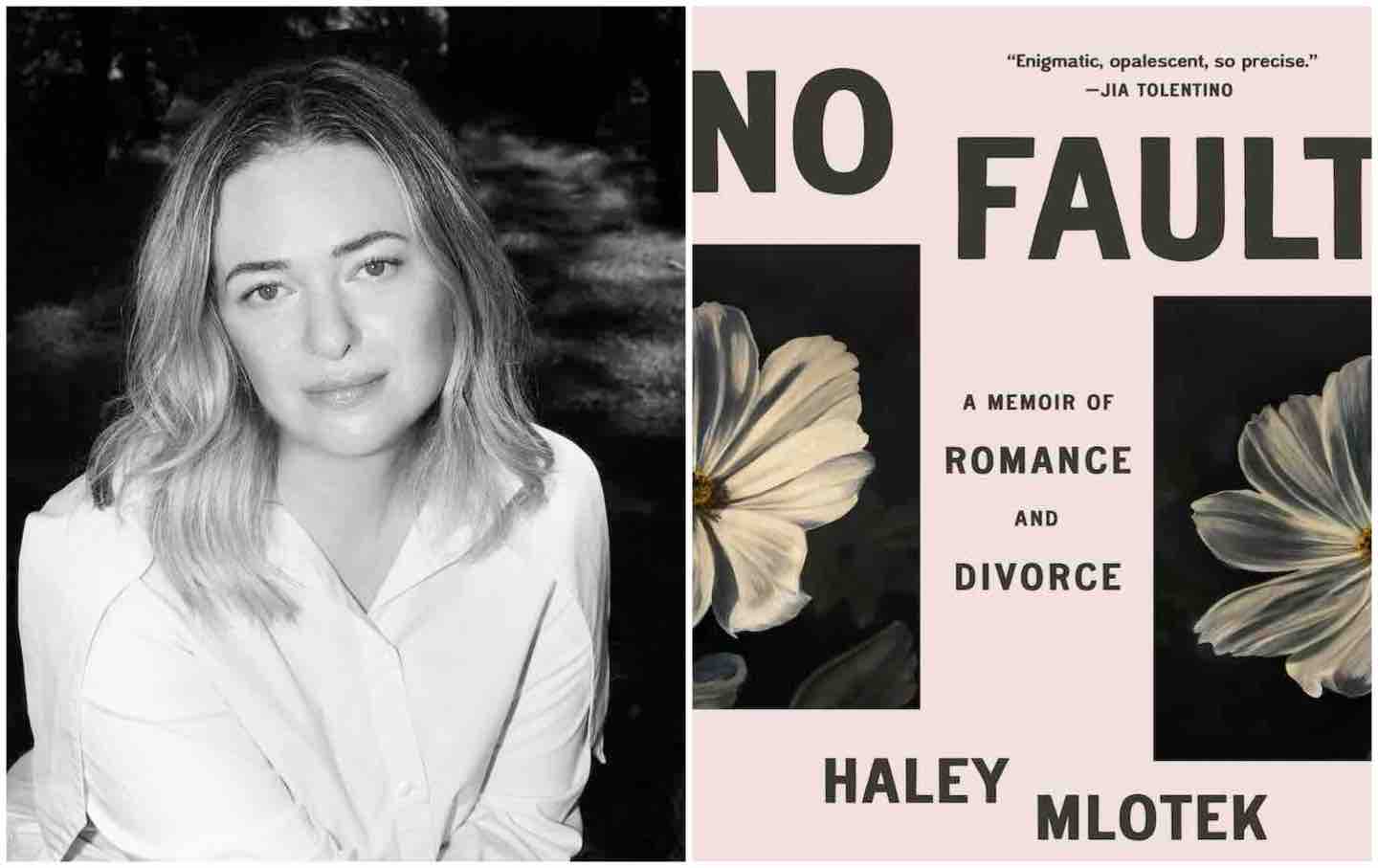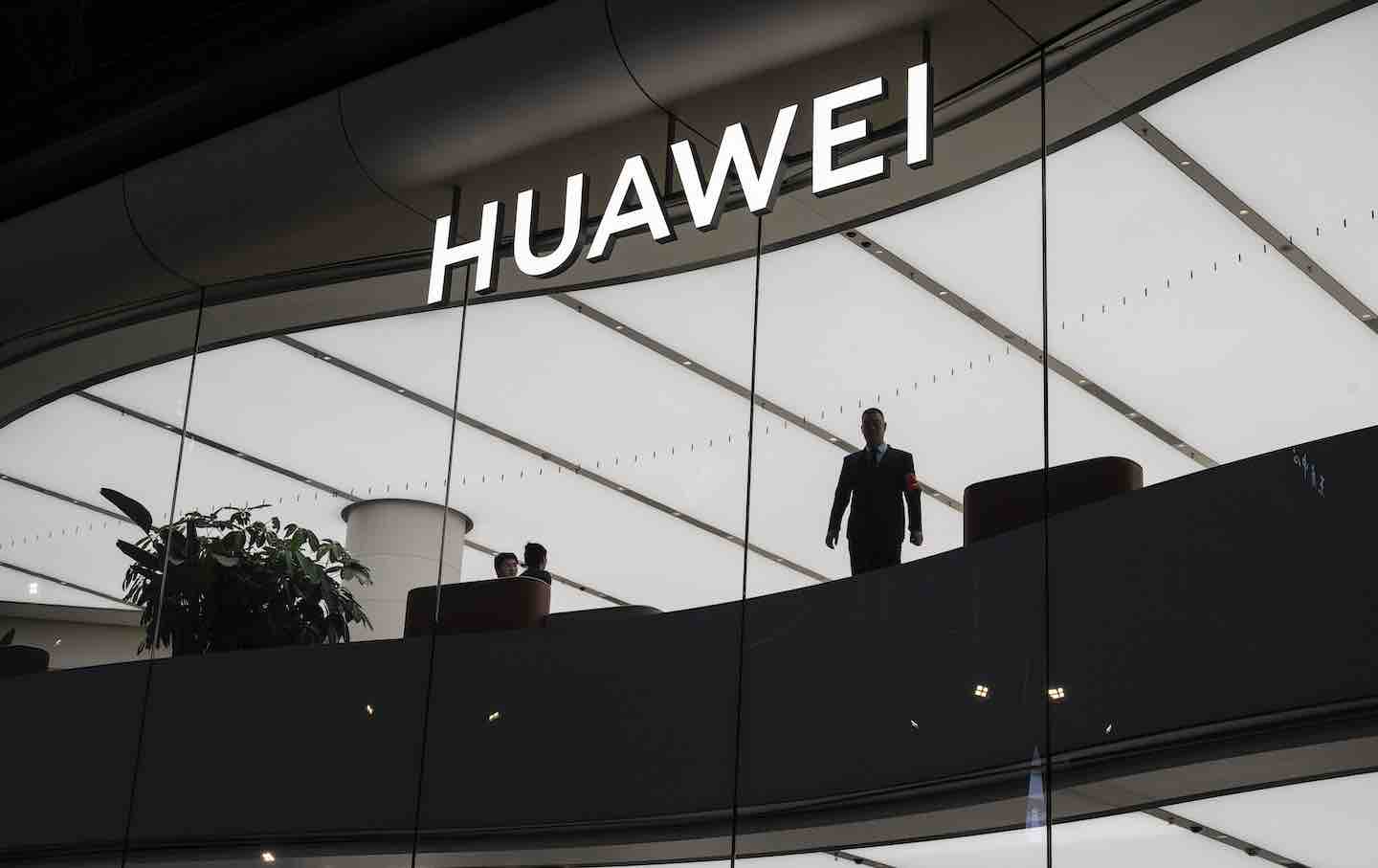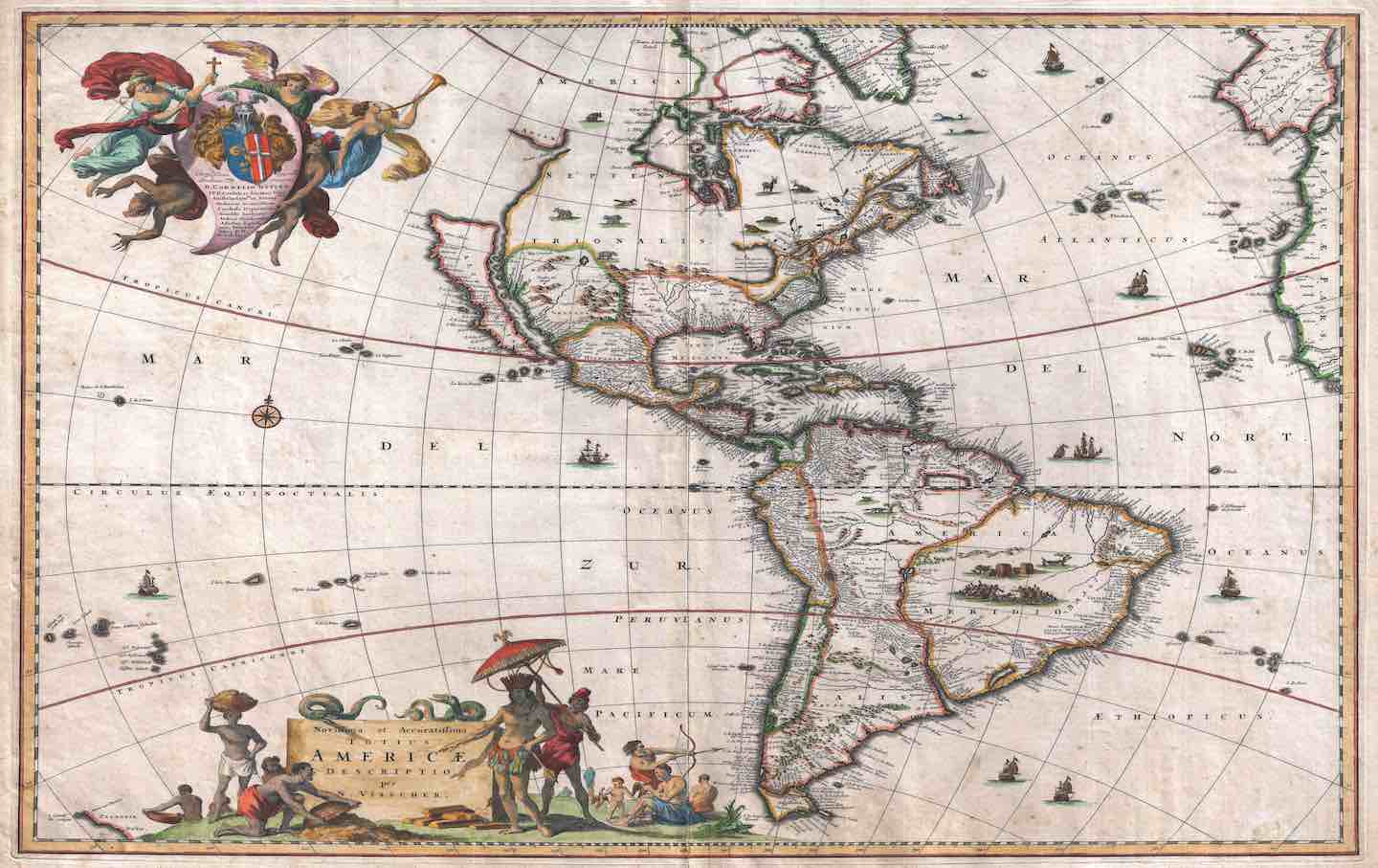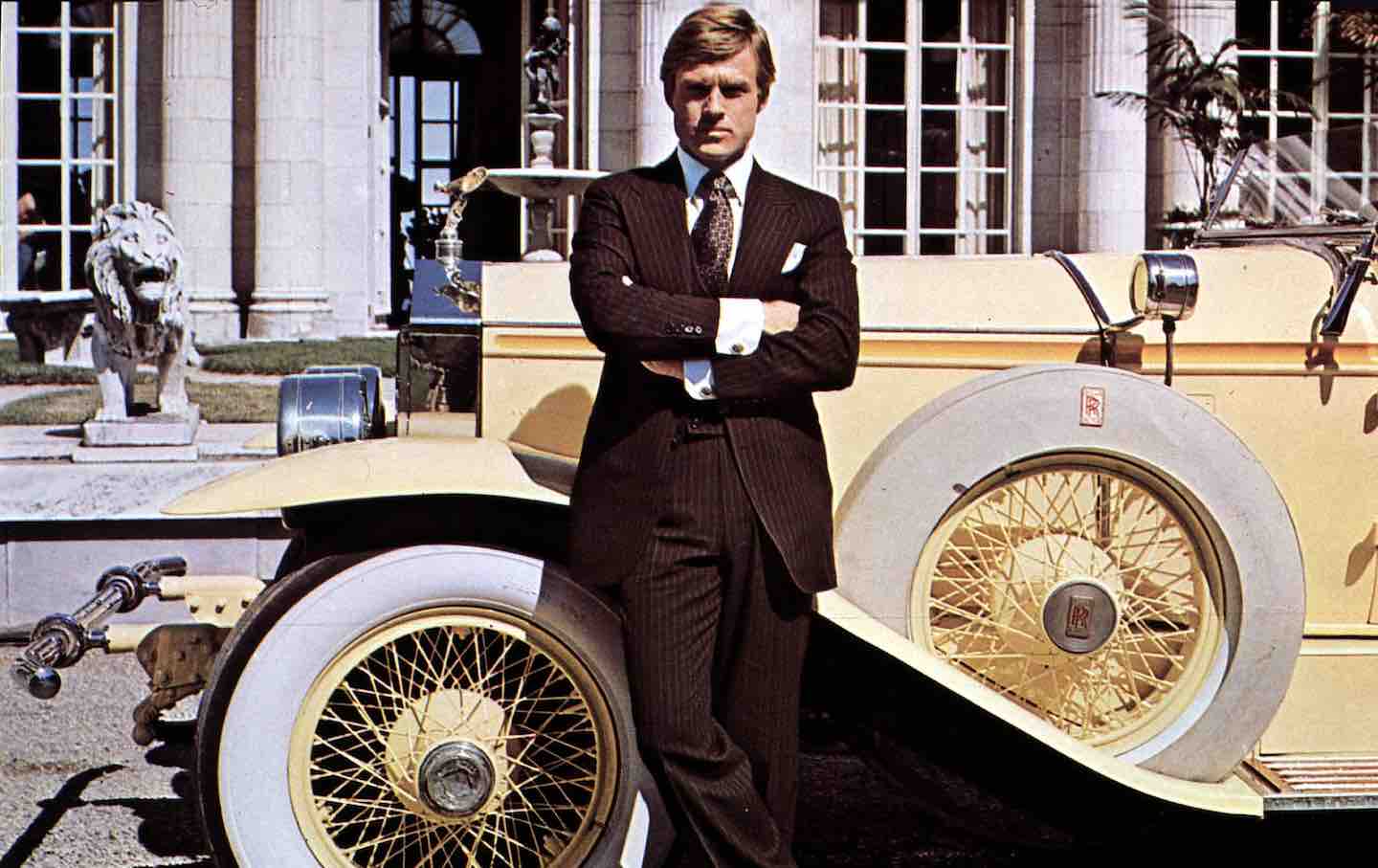The Art of Separating: A Conversation With Haley Mlotek
The Nation spoke with the author No Fault, a genre-bending examination of marriage and divorce that is one-part cultural history and one-part memoir.

Haley Mlotek.
(Photo by Rebecca Storm)
Marriage isn’t what it used to be; neither is divorce. In the not-so-distant past, marriage meant a lifelong commitment—one that, if broken, would be followed by social disgrace. For a woman, marriage meant financial dependence on her husband, and divorce could mean destitution. In her memoir No Fault, Haley Mlotek explores divorce in its contemporary iterations, asking what it means in a culture that privileges an individual’s freedom to make choices about her life without the aforementioned, and outdated, consequences.
“People often tell me they expect me to hate marriage, something I take to be a symptom of a time in which we tell ourselves there is no reason needed to start or end a marriage,” Mlotek writes. “So why would I do so again?” This is the book’s guiding query. “No fault” is one of the most common types of divorce, in which neither party is required to prove that the other has done wrong. Most often, a case of this type is prompted by a slow, amicable separation laced with confusion and ambivalence, in contrast to one necessitated by infidelity, violence, or neglect. Mlotek’s book wades through this ambivalence, capturing the ennui of those millennials who are perhaps spoiled with choices. She also tracks the historical trajectory of divorce laws and the shifting cultural attitudes. In between all this, she discusses her own divorce, but at a notable remove: The reader follows her search for models and examples, in books and movies, of what divorce should mean to her instead of reading a play-by-play of the breakup itself. She asks the elliptical “Why?” in search of an answer, but she’s unable to find one, giving us instead the sharp and mercurial musings of a person in the midst of change.
The Nation spoke with Mlotek about the cultural and literary representations of divorce and marriage, the evolving meaning of monogamy, and more. This interview has been edited for length and clarity.
—Gracie Hadland
Gracie Hadland: How soon after your own divorce did you start thinking about writing this book?
Haley Mlotek: Pretty soon after separating… I’d be walking somewhere, or I’d be on the subway, doing those sorts of activities that are good for thinking, and I would start thinking about sentences and wondering what it was that I was preparing to write. I started the book very sincerely probably about six months after we separated, and so, technically, I did start thinking about the project before I was even legally divorced. I was jumping the gun.
For The New York Times Magazine, I wanted to write a “letter of recommendation for divorce” as a sort of tongue-in-cheek thing. The editor turned it down, wisely. But then a friend of mine who is a very brilliant editor, Dayna Tortorici, suggested that I just write it as a real essay, not as a joke. So I did that, but then she came back and told me that she thought I was writing a book, that an essay wouldn’t be enough space. I thought that was impossible—it was already intended to be the type of essay that could very broadly be defined as “creative nonfiction,” whatever that means. It was always intended to be informed by research, with history, statistics, some reporting, and then the memoir piece as sort of an explanation for why I wanted to write about the subject, but also to tether it to the real world.
But I was sensitive to the idea that so many books about divorce, no matter what genre they’re in, are sort of automatically characterized as “self-help” or “therapy” rather than something literary. I did want it to be something that just felt a little bit simpler and more open.
GH: Of all the movies and books that you refer to, I don’t think there is one that is from a husband’s point of view. Which, of course, I understand in a way, but it just made me think about how divorce is such a “woman’s subject.”
HM: I’m really showing my bias, but yes, I’m predisposed to books and movies that I feel are closest to my own experience. I do think there are many men who write beautifully about their marriages and divorces and families. But it’s true: It didn’t show up in the book. Somebody who I guess is problematic, as they say, but one of the writers who’s coming to mind, is Philip Roth. He’s certainly a very complicated writer on divorce, but I’d say that he writes beautifully about divorce. I think there are a lot of men who are very deeply romantic and explore that in their work, but perhaps they don’t get included in the genre for lots of reasons.
GH: We’re in a cultural and social moment where almost everything is permissible. Everyone has permission to do what they feel is right for them, to do what is most comfortable for themselves, and so the idea of marriage—which is centered on a legal agreement between two people and the state and requires some sort of structure—takes on a different meaning. There are so many books and movies about a kind of dull unhappiness in marriage that leads to divorce, a sort of ennui based on having too much choice, rather than the sort of drama of being trapped that necessitates divorce. Since everything is allowed, or so many alternative models of relationships are possible, why do you think many people are still looking to participate in a traditional marriage?
HM: Since I’ve finished the book, I’ve devoted some time to thinking and writing about the concept of remarriage, and the idea that, actually, the best indicator of how people feel about marriage and divorce is not whether or not they divorce—it’s whether or not they marry again. It’s the only way you know that they haven’t given up on the idea of marriage. Things like that I find so fascinating, because we’re all sort of in the dark searching for signifiers that can direct us to what people really believe about marriage or divorce or commitment or any sort of way of building a family. I don’t think we’ve found one—I don’t think there is any one indicator. Even if you were to put together all of the signs and signifiers that seem like they point toward a reason, or at least a pattern, even so, that wouldn’t explain a lot of the decisions that people make. I love this as a topic, because there is no one answer—a lot of the ways people make decisions are so deeply rooted in their emotional understanding of the world, as well as reflecting what they think is possible, that it becomes very difficult to pick it apart. And I’m hesitant to even do that, because I don’t know if it’s so important why people do what they do as much as it is to understand what the act of marrying and divorcing actually does to their lives.
GH: How did this question of non-monogamy fit into your research?
HM: I was just rereading a Fanny Howe novel that I really love called Famous Questions. And there’s a line in it that’s so brutal. It’s very funny, but it really twists the knife in your heart: “Despite what Americans think, it’s not a tragedy to not get what you want.” I think that feeling is sometimes at the root of these questions around “Why monogamy?” or “Why open relationships?” Because, to me—and this is just my personal reading—the subtext sometimes seems to be that if we could just figure out the right model or the right framework for a relationship, we would have everything we wanted, and we would never be sad or brokenhearted or confused or even annoyed ever again. That it’s like reaching for a state of perfection. But I feel very strongly that it’s good to feel bad sometimes. The mark of the best relationship, or a healthy relationship, or the relationship that means the most to you, is not necessarily one that feels the nicest all the time. And so I’m really suspicious of any model of a relationship—I kind of think anything is possible, but I am suspicious of any model that purports to eradicate feeling bad.
GH: Your personal experience of divorce in the book concerns mainly the immediate aftermath. You often repeat scenes about the morning after you decided to split or the night of, rather than portraying the often-documented euphoric period of the liberated divorcée’s “rebound” period, which, I imagine, comes a bit later.
HM: I certainly had that period, and I loved the idea that it’s such a common experience that we can recognize that people move through certain phases. Obviously, everybody does it in a different way and not necessarily in a linear style. But sometimes I’ll meet another divorcée, and they’ll say something like, “You know that euphoria period?” And I’m like, “Yeah, definitely.”
GH: In the book, you write about not talking about your breakup to the people in your life very much and of being a private person, but then, of course, you’re putting all this into a book that will be published. I guess, as a writer, it must feel sort of natural for you to present it in that way, but does it feel exposing?
HM: I don’t think of myself as somebody who’s withholding of anything—I just think that I don’t really say anything or share information until I know for sure that it matters or that I feel certain that it’s my right to say so. Maybe it just took me 11 years to get to the point where I could say what’s in this book. But it is very scary to think about it being out in the world. I imagine this is what tightrope walkers must feel like: “Why am I doing something so absurd and so dangerous?”
GH: What about it feels dangerous?
HM: It was a very humbling process. I think the actual experience of doing it was humbling, because at every step I really had to negotiate between what I wanted the book to be and the writer I was, which were often very far apart from each other. You can’t work on the same book forever, but it’s going to live on as it is forever. I’ll change, but the book won’t, so the idea of it being out there in the world without me is very odd.
Hold the powerful to account by supporting The Nation
The chaos and cruelty of the Trump administration reaches new lows each week.
Trump’s catastrophic “Liberation Day” has wreaked havoc on the world economy and set up yet another constitutional crisis at home. Plainclothes officers continue to abduct university students off the streets. So-called “enemy aliens” are flown abroad to a mega prison against the orders of the courts. And Signalgate promises to be the first of many incompetence scandals that expose the brutal violence at the core of the American empire.
At a time when elite universities, powerful law firms, and influential media outlets are capitulating to Trump’s intimidation, The Nation is more determined than ever before to hold the powerful to account.
In just the last month, we’ve published reporting on how Trump outsources his mass deportation agenda to other countries, exposed the administration’s appeal to obscure laws to carry out its repressive agenda, and amplified the voices of brave student activists targeted by universities.
We also continue to tell the stories of those who fight back against Trump and Musk, whether on the streets in growing protest movements, in town halls across the country, or in critical state elections—like Wisconsin’s recent state Supreme Court race—that provide a model for resisting Trumpism and prove that Musk can’t buy our democracy.
This is the journalism that matters in 2025. But we can’t do this without you. As a reader-supported publication, we rely on the support of generous donors. Please, help make our essential independent journalism possible with a donation today.
In solidarity,
The Editors
The Nation








